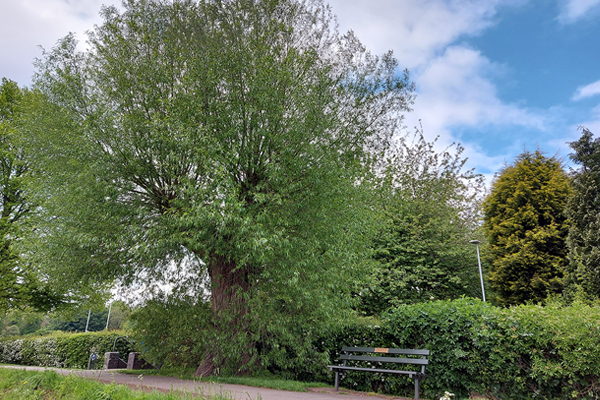Generally, if a tree has not come into bud by the end of spring, there is a high likelihood it has died.
Trees do not have to be dead to be dangerous - possible indicators of a dangerous tree include:
- fungal fruiting bodies
- unnatural leans
- swellings
- cracks
- cavities
- weak fork
- loose bark
- damaged roots
- crown dieback
Roots lifting paving slabs do not necessarily make a tree dangerous. Falling acorns, seeds and leaves in the autumn can be a nuisance, however alone are not a sign of a dangerous tree
Trees on privately owned land are the responsiblity of the landowner. If you own land on which a tree is growing and you are concerned about its health/condition, we recommend you seek advice from a tree specialist.
We are not responsible for privately owned trees. However, we may be able to inspect a privately owned tree if it poses an imminent threat to people or property.
We do not inspect privately owned trees that are merely causing a nuisance, for example by shading or dropping leaves/seeds - find out more about what tree-related matters we can help with.


